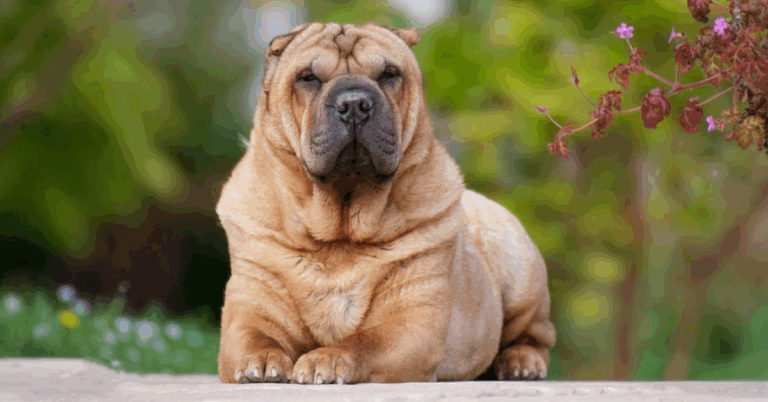10 Medical Issues Every Pug Owner Should Watch For
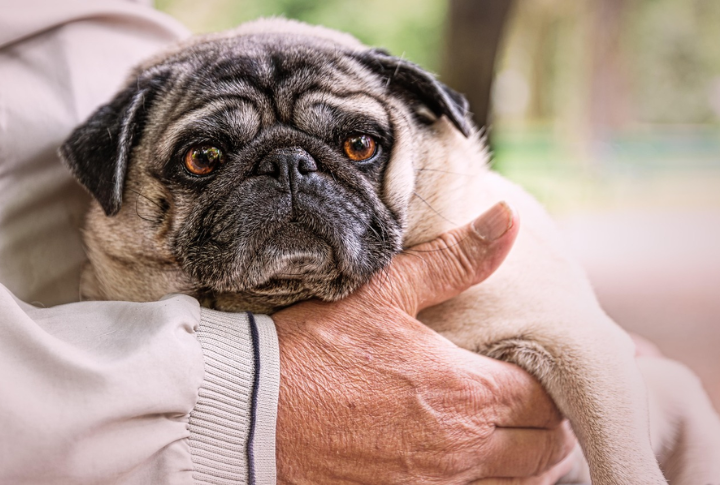
Pugs wear their charm on their face, but that same face can signal trouble. Their unique build comes with specific health risks. Early signs are easy to overlook until they stack up. To help you spot problems before they escalate, here are ten medical issues every pug owner should recognize.
Brachycephalic Airway Syndrome
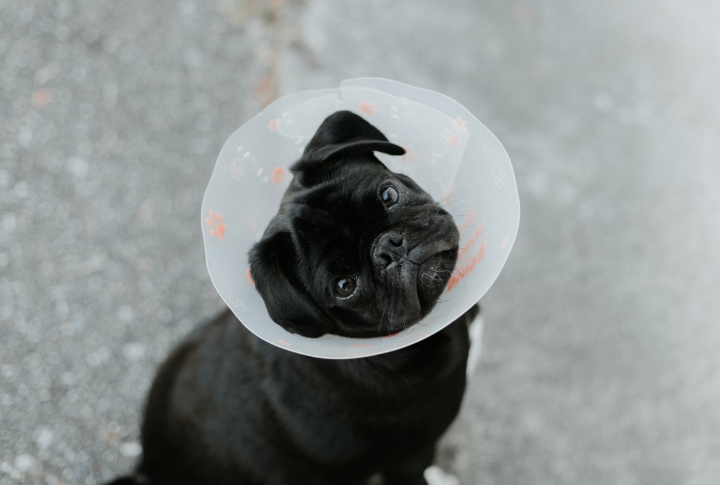
That adorable snort might be more than cute; it sometimes signals restricted airflow. Pugs commonly have narrow nostrils and elongated soft palates that make breathing difficult. Over 90% show some symptoms, which worsen in heat. In more severe cases, surgery may be the only way to provide relief.
Pug Dog Encephalitis

Such fatal brain inflammation strikes this breed uniquely and typically begins before age three. Symptoms can include seizures or aimless pacing. There’s no cure, only ways to ease discomfort. Spotting symptoms early gives owners a better chance to manage the condition before it worsens.
Corneal Ulcers

Big, bulging eyes make pugs more prone to injuries from everyday things like dust or carpet fibers. Squinting, excessive blinking, or general discomfort can signal a developing ulcer. Without prompt treatment, vision loss can follow quickly. In more serious cases, lifelong eye drops or surgery may be needed.
Skin Fold Dermatitis
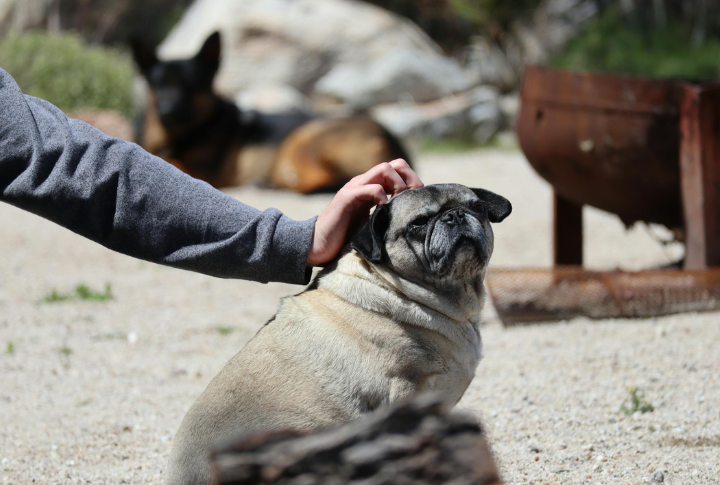
Those cute face rolls do more than add charm; they trap moisture that invites infection. Warm, enclosed skin creates an ideal environment for bacteria and yeast to thrive. Watch for signs like odor or dark buildup. A quick daily wipe-down keeps those folds clean and flare-ups away.
Luxating Patella

If a dog suddenly skips or limps, a floating kneecap might be to blame. This common issue in smaller breeds ranges from minor slips to complete joint dislocation. Many dogs don’t feel it early on. Surgery generally restores stable, pain-free movement.
Allergies And Sensitivities

Pugs often react to things others shrug off—food and even cleaning sprays. You’ll see itchy ears, paw licking, or tear stains first. These sensitivities can shift over time, and seasonal flare-ups are common. Staying alert helps prevent long-term discomfort and infections.
Hip Dysplasia
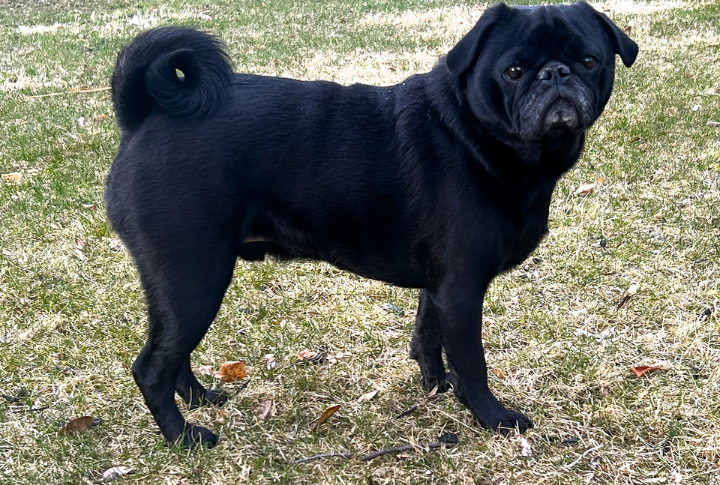
Don’t let their small size fool you; pugs get hip dysplasia, too. Watch for “bunny hopping” or initial limping, often before age two. This joint malformation causes painful arthritis if untreated. X-rays confirm it, and catching it early makes a big difference.
Hemivertebrae

A pug’s iconic curly tail comes with a price: spinal deformities. Hemivertebrae can silently compress the spinal cord or cause sudden leg weakness and loss of control. An MRI reveals the damage. Several pups show no signs, but severe cases require surgery.
Dental Overcrowding

Pugs have small jaws but still grow a full set of 42 adult teeth, usually packed in crooked. This crowding leads to plaque buildup, gum issues, and early tooth loss. Bad breath is usually the first sign. Regular brushing and timely dental care help avoid extractions by age five.
Heart Murmurs And Valve Disease

Heart murmurs frequently sneak up during vet checkups. These soft sounds can indicate valve problems, which may lead to coughing or fluid retention. Some murmurs stay silent for years. Medications can help slow it down, but prompt detection is the real lifesaver.

